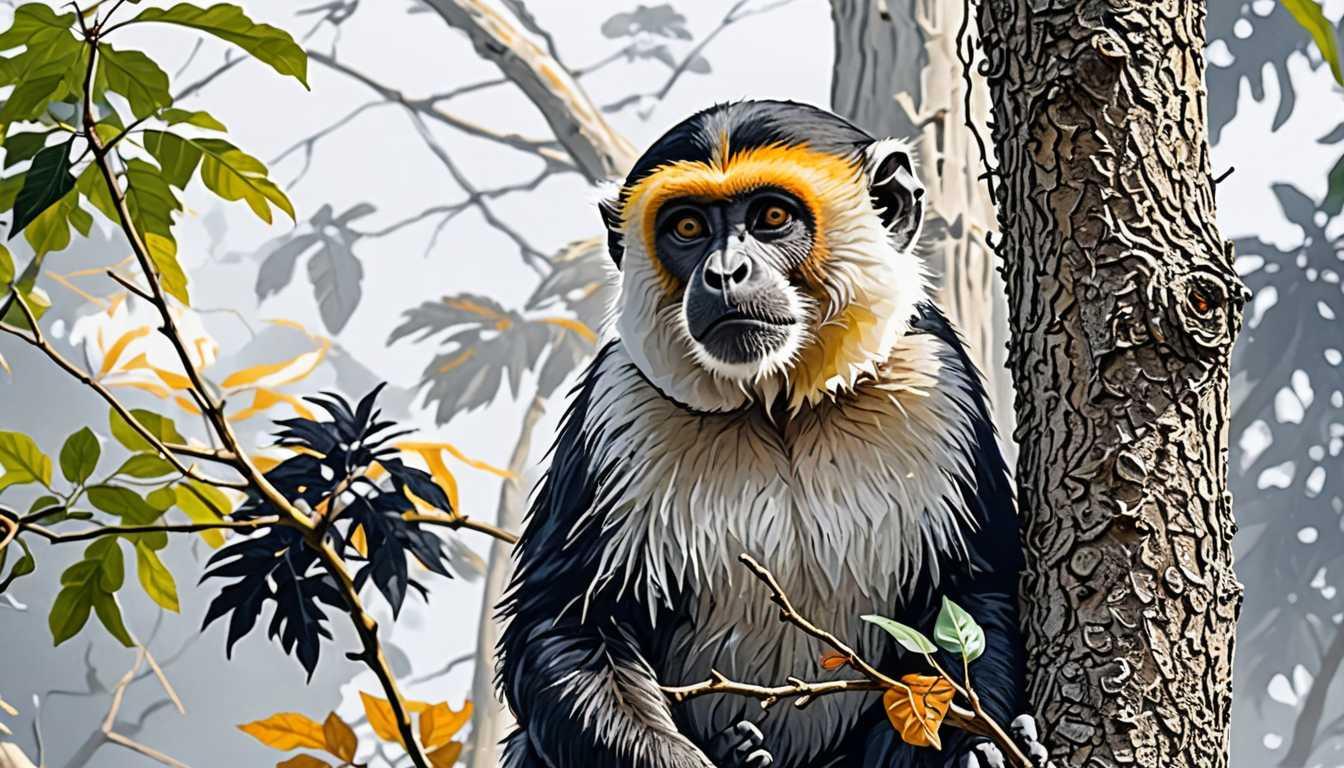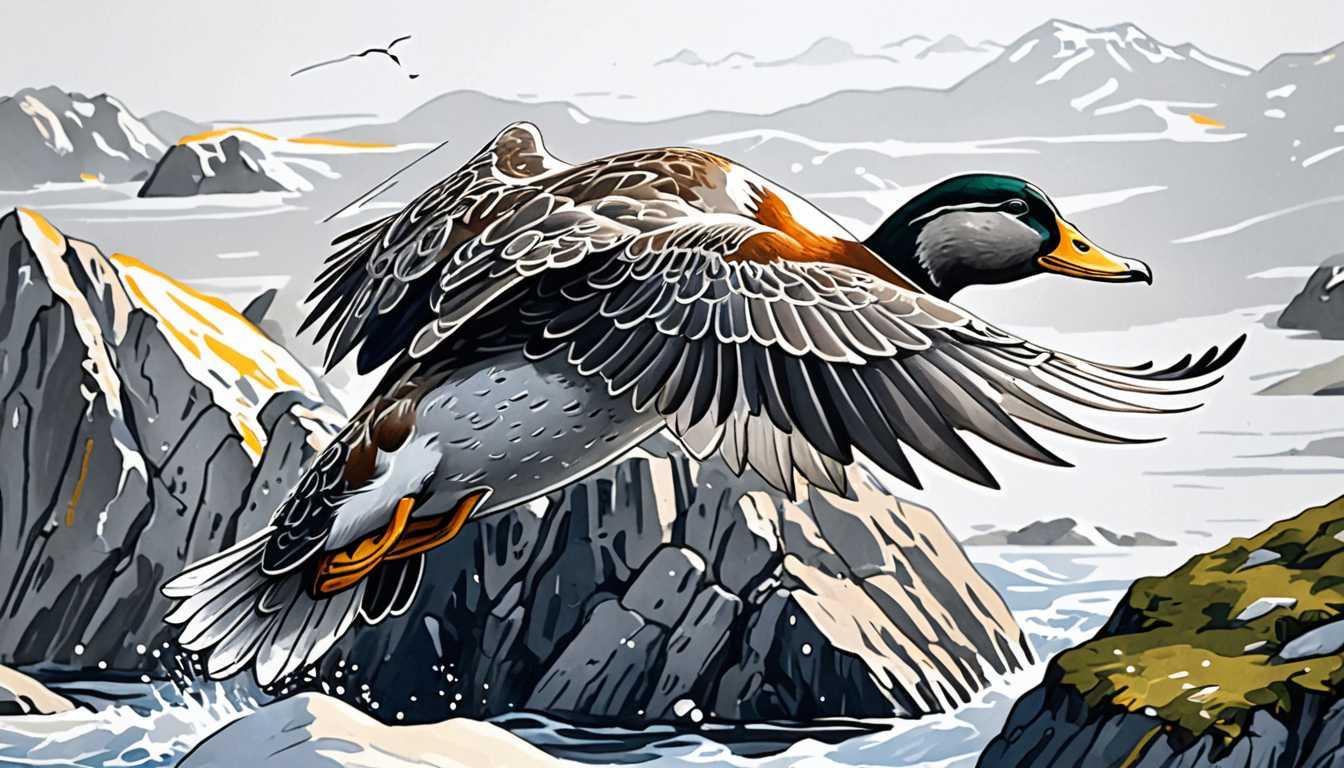Plastic Diet: Seabirds' Gut Turmoil
March 2023
MIT Technology Review
Introduction
Dive into the deep blue with a twist—microplastics are not just floating around; they're altering the gut buddies of seabirds, according to the MIT Technology Review. Imagine gobbling down a credit card's worth of plastic weekly, much like our feathered friends, and the party of potentially harmful microbes it invites to your gut! This eye-opening research not only adds a layer to the plastic pollution saga but hints at wider impacts on health and ecosystems. Ready to unravel how our plastic habit is reshaping life beneath the waves?
READ FULL ARTICLEWhy It Matters
Discover how this topic shapes your world and future
The Invisible Invaders - Microplastics' Global Grip
Imagine swallowing a credit card's worth of plastic every week without even knowing it. Sounds bizarre, right? Yet, that's roughly how much plastic we humans might be ingesting due to the pervasive presence of microplastics in our environment. These tiny plastic particles, less than five millimeters in diameter, have made their way into the most remote corners of the planet, from the depths of the oceans to the peaks of mountains, and now, alarmingly, into the bodies of seabirds and potentially humans. The recent discovery that microplastics can alter the microbiomes of seabirds, the complex community of microbes living in their guts, is a wake-up call. This shift in gut bacteria towards more harmful and plastic-degrading microbes could have serious implications for the health of animals and possibly humans. This topic isn't just about pollution; it's a story of how interconnected our health is with the health of our planet. As these tiny invaders disrupt the natural world, they beckon us to ponder on their unseen effects on our own bodies and the environment. This journey into the microscopic world of microplastics and microbiomes might just change how you view the plastic world around you.
Speak like a Scholar
Microplastics
Tiny plastic particles less than five millimeters in diameter, originating from larger plastic items breaking down.
Microbiomes
The community of microorganisms, including bacteria, viruses, and fungi, that live in a particular environment, such as the gut.
Pathogens
Microorganisms that can cause disease.
Antibiotic-resistant microbes
Bacteria that have evolved to survive treatments with antibiotics, making infections harder to treat.
Biodegradation
The breakdown of substances by microorganisms into smaller, more environmentally friendly compounds.
Zoonosis
An infectious disease that has jumped from non-human animals to humans.
Independent Research Ideas
Comparative analysis of microplastics' impact on marine vs. terrestrial animals
Explore how microplastics affect animals in different environments. This could reveal the broader ecological consequences of plastic pollution.
The role of microplastics in the spread of antibiotic resistance
Investigate how microplastics might facilitate the transfer of antibiotic-resistant genes among bacteria, potentially posing a threat to human health.
Microplastics and human health
Delve into how ingested microplastics might affect the human microbiome and overall health, considering factors like lifestyle and exposure levels.
Biodegradation of microplastics by gut microbes
Study the potential of gut microbiomes in various species, including humans, to break down microplastics, offering insights into natural mitigation strategies.
The psychological impact of environmental degradation on youth
Examine how awareness of issues like microplastic pollution affects the mental health and environmental attitudes of young people, fostering a generation of informed and concerned citizens.
Related Articles

SealNet: Beyond Human Recognition
July 2022
Smithsonian Magazine

Avian Adventurers: Climate's Challenge
December 2023
Imperial College London

Monkeys, Stress, and Surviving Droughts!
January 2025
UCLA Health + Behavior

What's Swimming in Your Duck Dinner?
January 2025
Cornell News Highlights

Sunbathing Secrets of the Animal Kingdom
August 2022
National Geographic